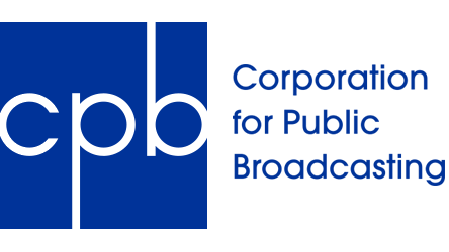Tapeless workflow comes to Télé Toulouse
Télé Toulouse, an affiliate of Groupe Legardier, is a regional television channel based in southwest France serving the population of the Midi Pyrenees department. The focus of the channel’s output is news and current affairs, which it broadcasts to more than 300,000 regular viewers.

Télé Toulouse , an affiliate of Group Lagardère, employs a complete networked digital production infrastructure from Pinnacle Systems for the station’s new broadcast facility in Toulouse, France.
Shown here is ingest at Télé Toulouse.
Editors prepare stories using Vortex DeskEdit.
Set up in 1988, the channel had been based at a facility in the suburbs of the city since its launch. In 2002, however, the company launched a strategic plan aimed at regaining profitability. The strategy was led by three major factors:
- The channel needed to increase revenue generated through the selling of airtime to advertisers.
- It needed to reduce the current costs of production.
- It needed to bring the station into closer proximity with its viewers.
The channel was eager to replace its aging analog environment. It also wanted to remove tape from the workflow, which was taking up huge amounts of time and money. In addition, the station felt that its existing location on the outskirts of Toulouse detached it from its viewers.
The company began to investigate suitable technical solutions and new premises. As part of this process, it visited Canadian Broadcasting Corporation (CBC) in Toronto, which uses a network based on Pinnacle Systems’ MediaStream servers. Télé Toulouse decided to replicate the model. A detailed analysis of technical vendors began, looking at networking capability, strength of content delivery, local technical support and cost of ownership. The station selected Pinnacle Systems’ Vortex solutions.
The professional video industry's #1 source for news, trends and product and tech information. Sign up below.
Meanwhile, the company had decided on the site for its new studios, the new Media Library that was being built in the center of Toulouse. The library, which overlooks the river in the center of the city, had originally been designed for retail and office use and required significant changes in order to be suitable for live news broadcasting, including soundproofing and a complete change of layout. However, its position in the center of the city and the extensive use of glass provided the accessibility the channel was looking for.
The station agreed to take three floors of the building, with the studio on the first floor. This provides an open plan and a light and airy studio environment. In addition, the city of Toulouse offers a natural backdrop. Journalists are housed on the third floor, and editing all takes place in the basement, an especially suitable area for the function due to the lack of natural light. The operations are delivered on a Cat 5e network environment, which ensures that all content is delivered seamlessly to the editing environment.
The installation is France’s first completely tapeless environment, with acquisition, editing, voice-over, graphics and playout all occurring over a seamless network. Editing is completed on the Vortex newsroom solution based on the Palladium Store 100 shared storage server, with five Vortex DeskEdit systems and two Liquid Edition systems for proxy editing. Graphics are provided by a Deko 1000 character generator. A MediaStream 900 networked storage server with Pebble Beach Neptune automation is being used for playout to Télé Toulouse’s transmission partner, TDF. Additional equipment includes four Sony DSR PD150s and six Sony DSR 390 DVCams for outside filming, as well as Sony DSR 11, 45 and 1500 DVCam VCRs.
This combination of equipment integrated into a seamless network infrastructure means that the ingest, post-production and news editing processes can take place concurrently. The Deko character generators are automatically controlled by the newsroom solution, which allows journalists to edit onto graphics templates from their desktop. Then, using the MediaStream 900, the finished material is delivered to air automatically via the network.
Project management was kept in-house, and the station’s technical team managed the deployment at the new studios while continuing to maintain the smooth running of the existing premises in order to continue production with minimal disruption. Technical training was organized by Pinnacle Systems’ French technical support team, which organized a tailor-made training program for all technical and support staff to ensure a smooth migration to the all-digital environment.
Meanwhile, on the non-technical side, the channel finalized the other side of its business plan to increase revenue levels. Plans were put together to produce a second show in the mornings, an increasingly expanding area in the French market. That show went live on the first day of broadcast from the new studios, 1 October 2003, broadcasting a magazine show with news, weather, traffic and culture. The show complements its existing news show, which goes out in the evening Monday through Friday. Furthermore, due to the digital programming environment, the station has been able to effectively double its output with only a 5 percent increase in headcount.
The channel is gradually moving toward taking full advantage of workflow efficiencies that the new infrastructure offers. Currently, editors are still being used. However, the option now exists for journalists to begin crafting some stories independently. The system’s use will be expanded over the next year as the channel moves into shorter program creation — 3- to 7-minute features on items of local interest, such as cultural events. Looking forward, Télé Toulouse is currently in the process of bidding for two of the additional local broadcasting licences, which are being offered by the French government —one in Marseille and another in Montpellier. The station expects to continue using its current editing facilities in Toulouse to supply programming, streaming content digitally from local studios as well as building dedicated feature program for each area.
Evan Sirof is a technical writer.
